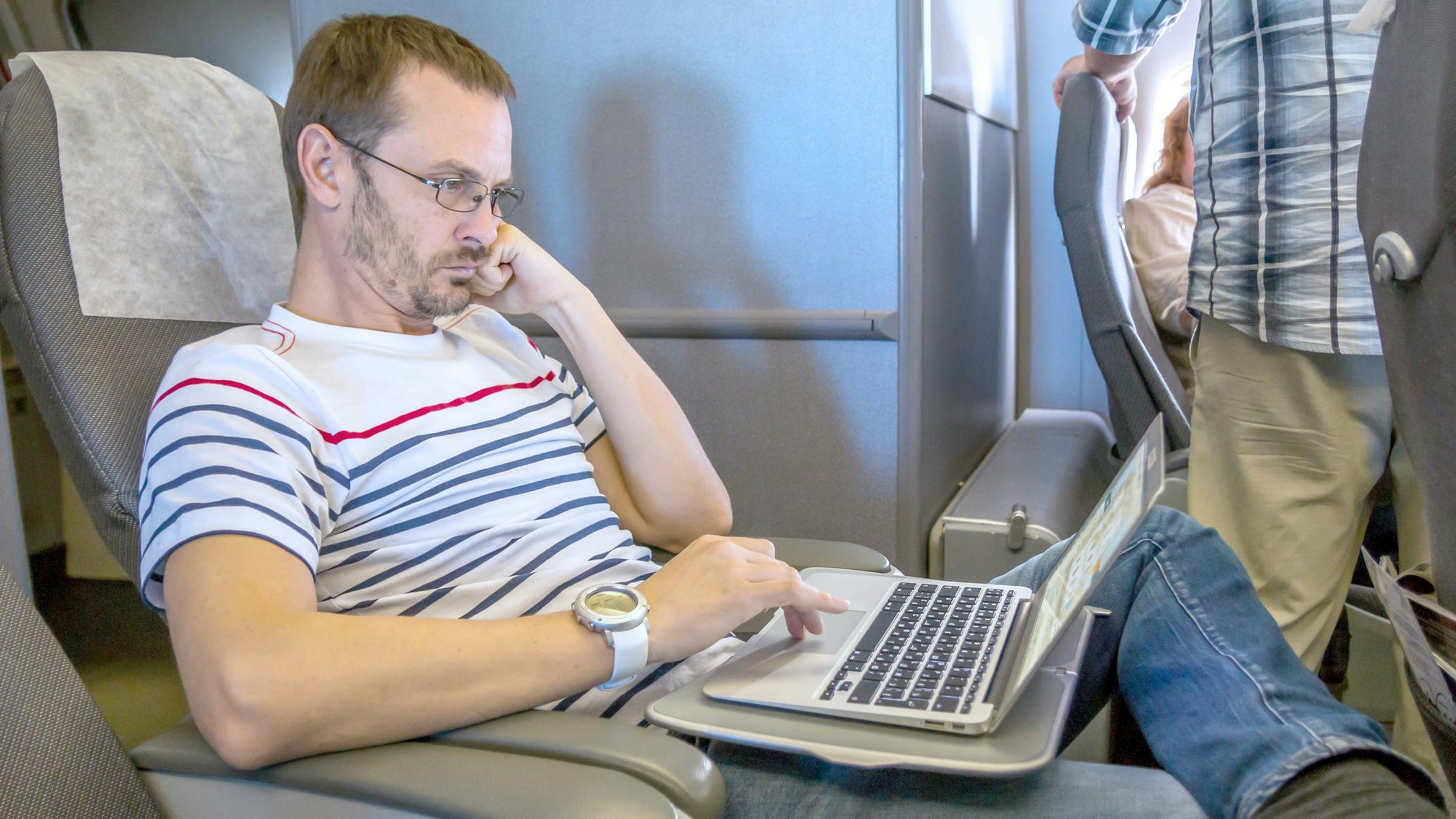Is your company in control of its user experience?
Consumers have access to a hodgepodge of information on brands that they never had access to before, which makes it tough to control the brand experience.
Is your company in control of its user experience?
I recently had an experience that left me thinking about the way in which technology and social media have eroded and blurred the boundaries surrounding our interactions with a company’s products and services.
I was flying to Madison from San Diego with a tight connection in Chicago and was curious to see how our flight was progressing. Since I’d sprung for the overpriced and excruciatingly slow internet access, I brought up FlightAware and tracked the flight. If you’re not familiar with FlightAware, it’s a website that tracks the radar flightpath of any commercial aircraft.
Over the next thirty minutes I watched with grim fascination in real time as a weather front developed over the Midwest and air traffic control began to bob, weave and delay our flight. You don’t have to be a commercial pilot to look at the screen capture below and know we were in trouble. By the time the pilot finally came over the intercom to announce the bad news, our section of the plane had already known for 40 minutes that there was no way we were getting to Chicago any time soon (we ended up in St. Louis).
Whether this is a positive or negative thing is sort of immaterial. I can build a compelling case in my mind for both proactive recognition and blissful ignorance. But it did feel weird to watch the flight attendants knowing they probably knew less about our pending experience than we did. Regardless, it does illustrate the next level in the relentless democratization of information access.
It used to be that the boundaries around a company’s products and services were pretty clearly defined and in most instance a firm could, if not control, then at least strongly influence your interaction. The channels by which you learned, evaluated, consumed, praised or complained were staid and predictable. But as internet technologies began to weave their way into our lives, we got exposure to a wealth of information and avenues we’d never seen before.
Fed-X and UPS opened up access to their internal logistics in what I can only assume was a very controversial and brave move, and suddenly we could track packages right along with their drivers. I can check stocked inventory at my local Home Depot, reserve my favorite hotel room, and verify that the only rental car that remains is a Toyota Yaris that’s somehow been miraculously badged as “mid-sized luxury.” But these avenues are still controlled by the product or service provider, which allowed them a pretty solid degree of influence and control.
Experiences like the one I had with United/FlightAware, however, illustrate how increasingly our intersection with these products and services is a hodgepodge amalgamation of information streams and interactions coming from a variety of disparate sources.
Products and services have always existed in a larger ecosystem, but increasingly that ecosystem is laying bare the foundations of how we form our perceptions and make our decisions. We trust Amazon to tell us what toaster we should buy. We go to Glassdoor to check on the companies we want to work for and I’m honestly not sure whether Travelocity or Holiday Inn are more responsible for where I spent last night.
Our service design team grapples with and works to if not tame then at least corral this beast regularly. And the companies that do the best have at least mapped the experiential journey of their customers. Rather than attempting a Sisyphean level of control, they are rather meticulously identifying their points of interaction and influence and making those as delightful and seamless as possible.
